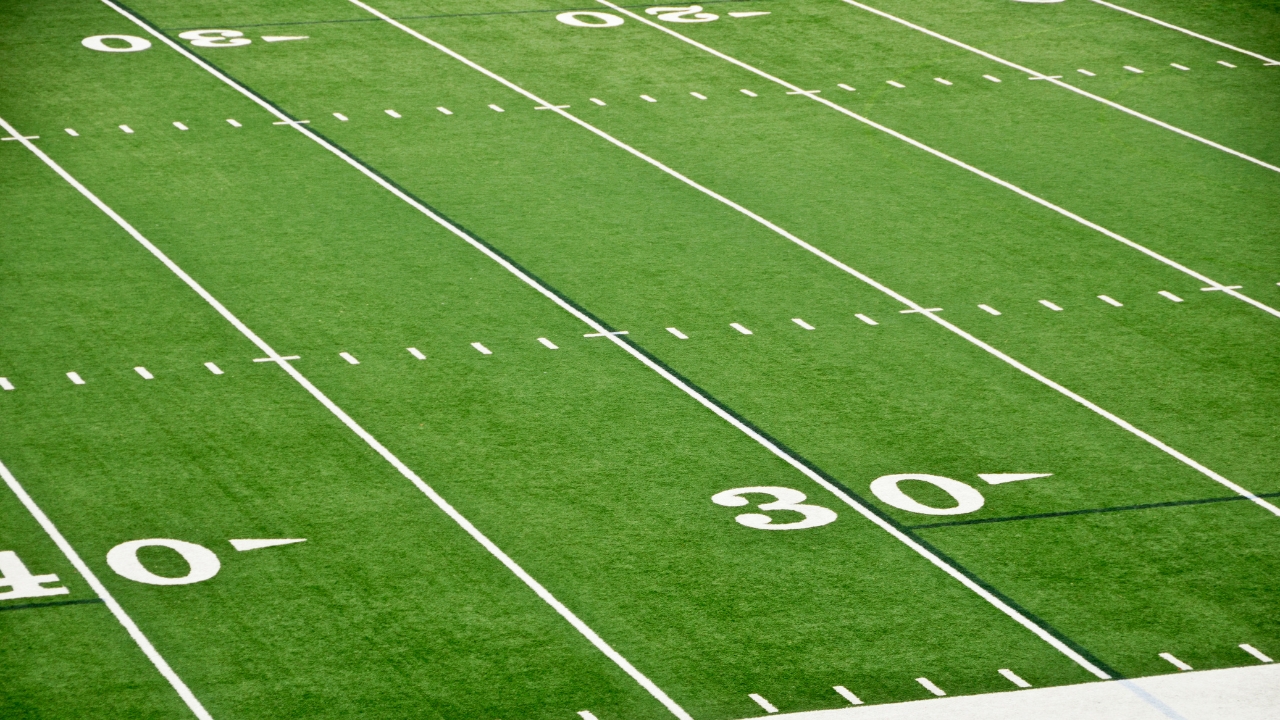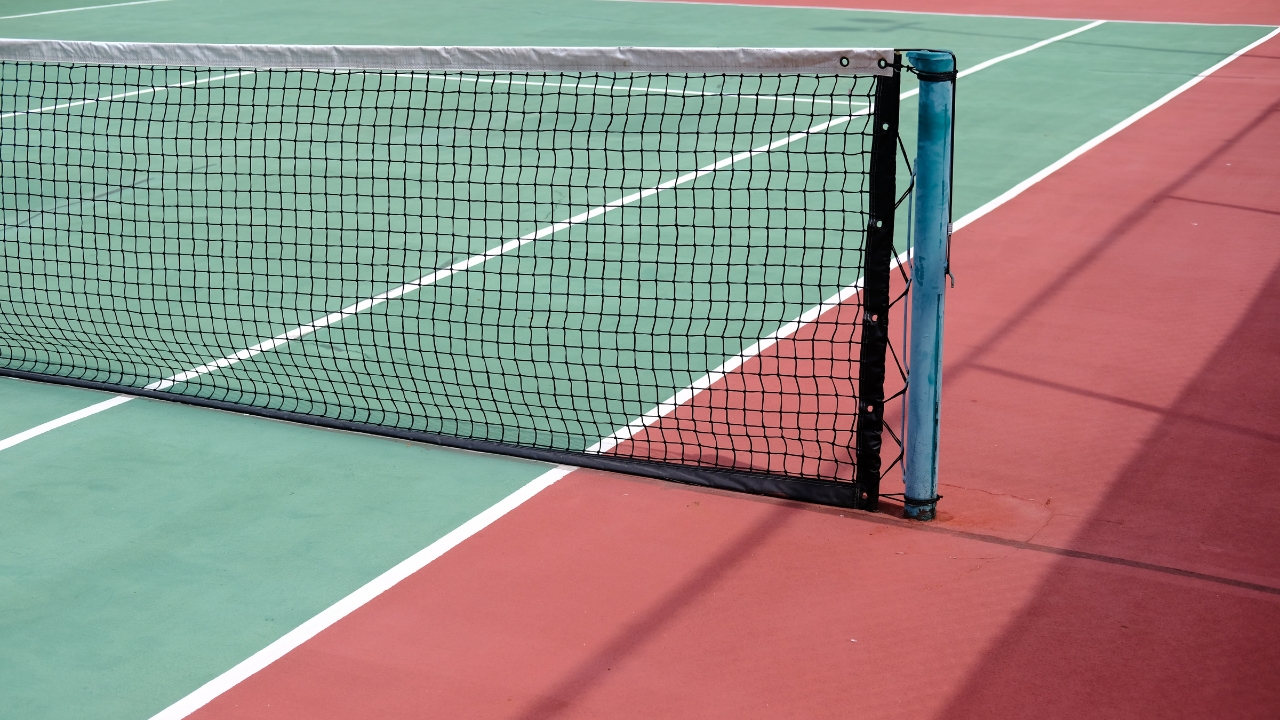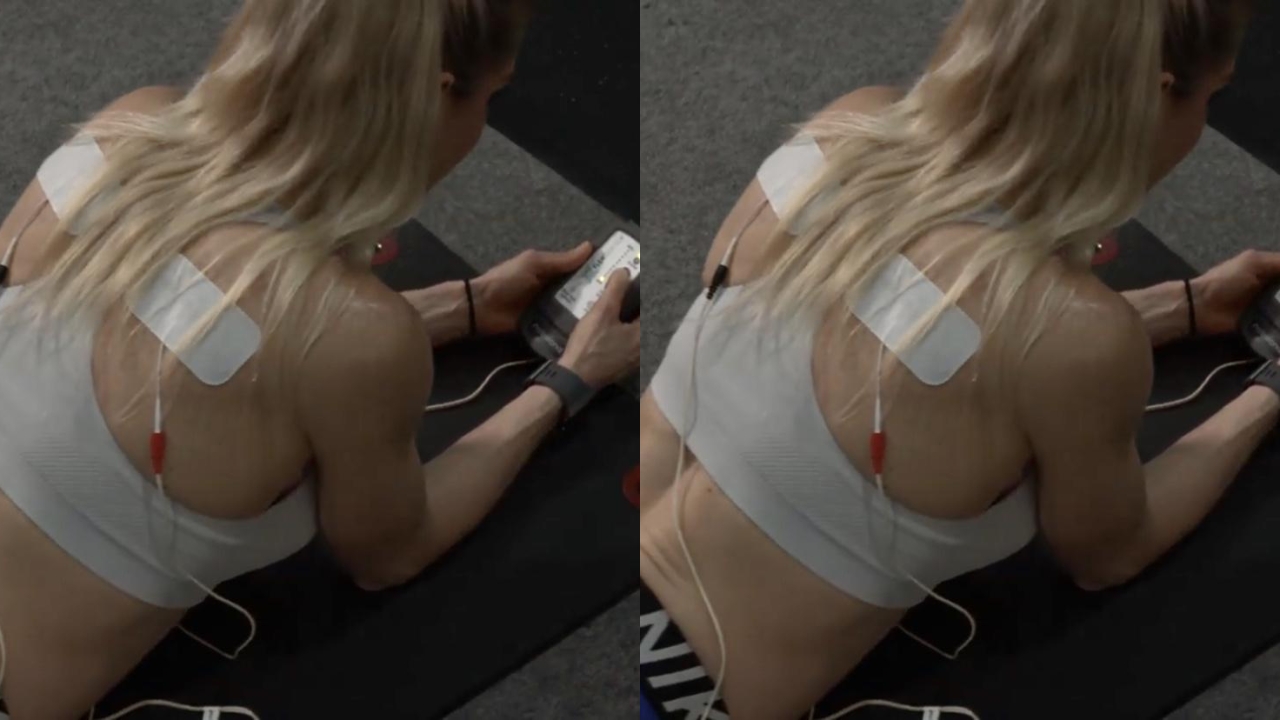
ARPwave Resources
Swimming and Shoulder Health: Avoiding Overuse Injuries

Swimming is often hailed as one of the best total-body exercises, offering cardiovascular conditioning, muscular strength, and flexibility in a low-impact environment. It’s no surprise that athletes of all ages and skill levels gravitate toward the water, especially during the summer. However, with its repetitive overhead movements and high training volumes, swimming poses a unique risk: overuse injuries, particularly in the shoulders.
Whether you’re a competitive swimmer, triathlete, or recreational enthusiast, understanding the demands of swimming on shoulder health—and how to proactively protect yourself—can make the difference between peak performance and prolonged pain.
Understanding “Swimmer’s Shoulder”
“Swimmer’s shoulder” is a blanket term that describes a variety of overuse-related conditions affecting the shoulder joint. These may include:
- Rotator cuff tendinitis – Inflammation or irritation of the rotator cuff tendons.
- Shoulder impingement syndrome – Compression of the tendons or bursa in the shoulder during overhead motion.
- Bursitis – Inflammation of the small fluid-filled sacs (bursae) that cushion the shoulder joint.
- Labral tears – Damage to the cartilage surrounding the shoulder socket.
These injuries often develop gradually, starting with mild discomfort during training that worsens over time if not addressed.
Common Causes of Shoulder Injuries in Swimmers
- Repetitive Motion and Volume
Elite swimmers can log over 10,000 meters per day, translating into tens of thousands of shoulder rotations weekly. This intense repetition puts cumulative stress on the shoulder’s tendons and ligaments.
- Poor Stroke Mechanics
Subtle flaws in technique—such as crossing the centerline during freestyle, overreaching, or improper hand entry—can create imbalances and increase mechanical stress on the joint structures.
- Muscle Imbalances
Swimming develops strong internal rotator muscles (e.g., pectorals, latissimus dorsi), but if external rotators and scapular stabilizers (e.g., infraspinatus, rhomboids, lower trapezius) aren’t trained adequately, instability and strain can result.
- Lack of Recovery
When rest, nutrition, hydration, and sleep are neglected, the body cannot repair micro-damage efficiently. Over time, this leads to chronic inflammation and increased injury risk.
Injury Prevention Strategies
Keeping your shoulders healthy requires a proactive and holistic approach. Here are key strategies to reduce injury risk:
✅ Perfect Your Technique
Even slight deviations in form can lead to major problems over time. Work with a coach or biomechanic specialist for stroke analysis. Video feedback is particularly effective in correcting errors.
✅ Strengthen Supporting Muscles
Incorporate dryland training that targets the entire shoulder complex:
- External rotator strengthening with resistance bands
- Scapular stability exercises (e.g., Y-T-W raises)
- Core stabilization to improve body alignment in the water
✅ Mobility and Flexibility Work
Stretch the chest, shoulders, and upper back regularly. Tools like foam rollers, lacrosse balls, and mobility sticks can assist in maintaining tissue quality.
✅ Progress Gradually
Avoid sudden spikes in training volume or intensity. Follow a periodized training plan that includes deload weeks and recovery periods.
✅ Use Prehab and Recovery Tools
Cold plunges, massage, compression therapy, and neuromuscular stimulation (like ARPwave) can help reduce inflammation, improve circulation, and accelerate muscle recovery.
ARPwave Therapy: Revolutionary Support for Swimmer’s Shoulder
💡 What is ARPwave?
ARPwave, short for Accelerated Recovery Performance, is a form of neurotherapy that uses a proprietary direct current (DC) electrical stimulation combined with active movement. Unlike traditional TENS or muscle stim units, ARPwave works by addressing neurological patterns that contribute to injury, pain, or reduced performance.
It focuses on retraining the nervous system to:
- Correct dysfunctional movement patterns
- Restore proper muscle activation
- Speed up tissue healing
🔍 How ARPwave Helps Swimmers
1. Accelerates Recovery from Shoulder Injuries
By increasing blood flow and neuromuscular stimulation to damaged tissues, ARPwave helps reduce inflammation and repair microtrauma at a cellular level—much faster than passive treatments.
2. Fixes Compensation Patterns
Injuries often stem from the body compensating for weakness or tightness in other areas. ARPwave scans the body to locate the source of dysfunction, not just the symptom site. For example, a shoulder injury might be traced to poor scapular control or core instability.
3. Enhances Performance
Beyond injury recovery, ARPwave improves neuromuscular efficiency, allowing swimmers to generate more power and control with each stroke. This often translates into faster swim times, reduced fatigue, and smoother mechanics.
4. Non-Invasive and Drug-Free
ARPwave therapy is safe, non-invasive, and does not rely on medications or injections—making it an appealing option for athletes seeking natural recovery and performance enhancement.
🧠 Why Neurological Patterns Matter
Swimmers who suffer recurring injuries often have underlying neurological dysfunctions—the body has “learned” to move inefficiently due to past injuries, imbalances, or overuse. ARPwave helps reset the nervous system so the body can move optimally again.
Consider ARPwave Therapy
If you:
- Have persistent shoulder pain not resolving with rest or traditional therapy
- Struggle with limited range of motion or power in your stroke
- Want to prevent injuries during high-volume training
- Are recovering from shoulder surgery and want to speed up your rehab timeline
Certified ARPwave providers often include sports medicine clinics, physical therapists, and performance centers. Some offer virtual consultations and at-home treatment plans email us at : info@arpwave.com for more information on a provider near you.













